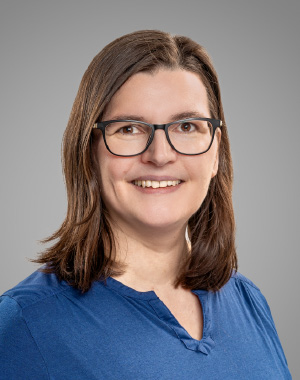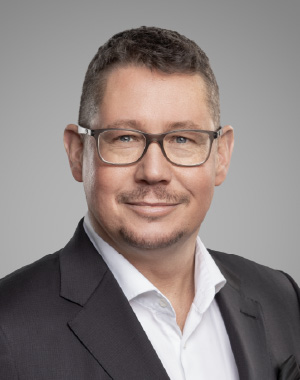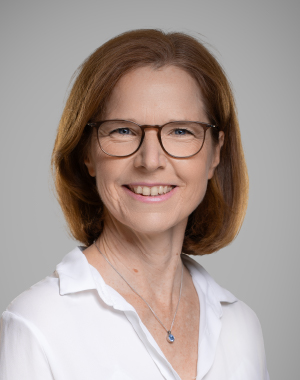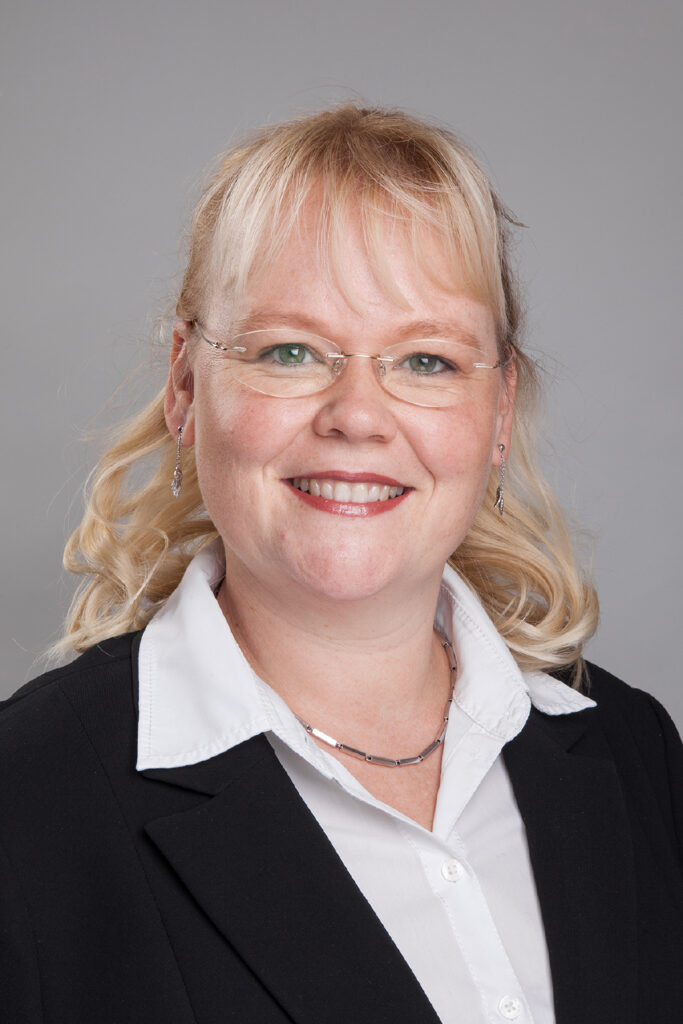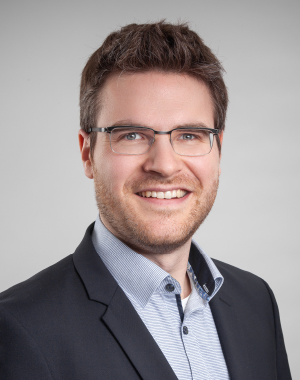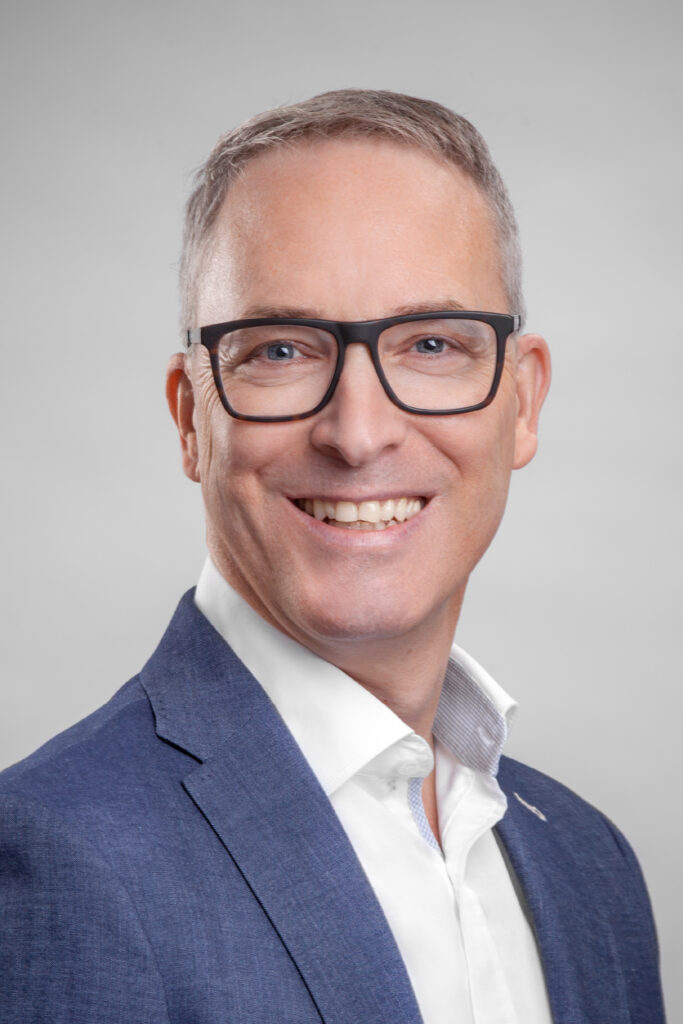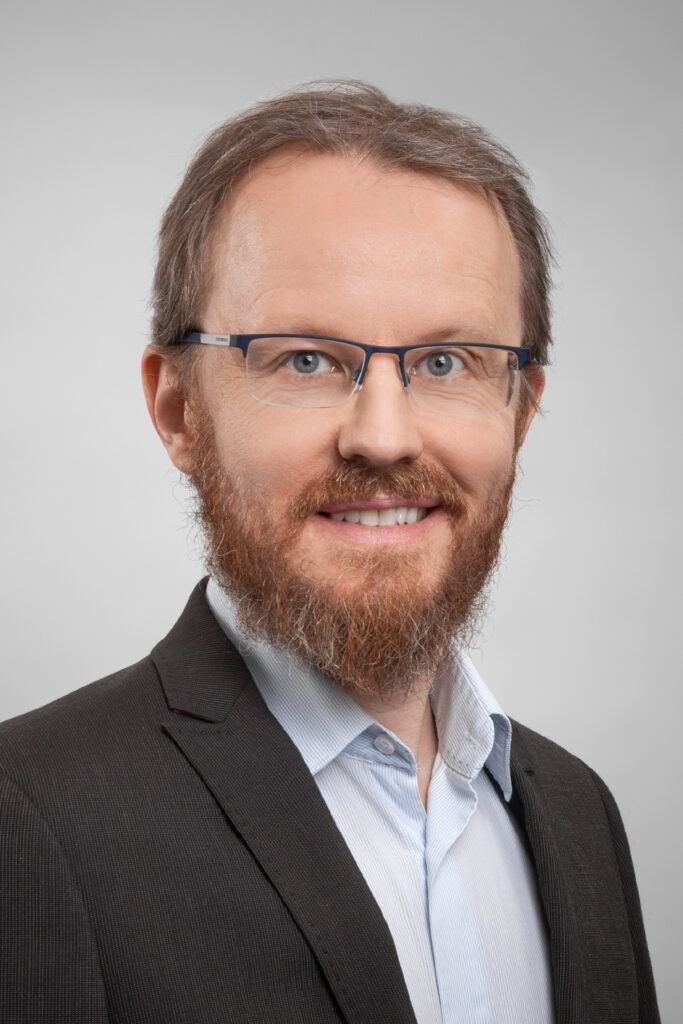07.10.2025
Breaking the Bubbles of the Different Renewable Carbon Sectors to Enhance the Transformation of the European Chemical Industry
The Renewable Materials Conference opened up new avenues for the chemical industry in Europe. The three winners of the Innovation Award demonstrate the industry's potential for innovation: These include plasma technology for utilising waste and CO₂, white lignin for cosmetics and a bio-based solution for replacing PFAS and plastic in paper packaging.
The Renewable Materials Conference (RMC) concluded with a sense of optimism and a clear strategy for transforming Europe’s chemical and materials industry. They key takeaway: Europe can pioneer a defossilised and competitive chemical industry by breaking down sector silos and implementing the right policy framework. Against the backdrop of the European chemical crisis, the Renewable Materials Conference was an extraordinary networking event for the entire renewable chemicals and materials sector. 410 participants from 29 countries gathered from 22 to 24 September in Siegburg near Cologne, Germany, to exchange and discuss ideas on progress and strategies during 75 presentations, 20 panel discussions and 14 workshops, two-floor exhibition area and three evening events, in long networking breaks over the day and almost 300 one-on-one meetings.
Defossilised and competitive: how can this work?
This burning topic was discussed in a high-profile international panel debate on the first day, with representatives from EU, India and USA. The discussion as well as the entire conference provided positive answers that, according to participants, created an optimistic mood and a desire to innovate in European chemistry.
In his opening presentation Dr Lars Börger, co-CEO of nova-Institute, summed it up: “Resilience is the ability to withstand disturbances, adapt, and emerge stronger. By leading in renewables, circularity, and alternative carbon, Europe can build the chemical industry of the future, and contribute to the strategic autonomy of Europe with regards to raw material dependency.” There is no other option: “Europe will never be competitive again if it remains dependent on fossil fuels, simply because these will always be more expensive in Europe than in many other regions of the world.” said Michael Carus, founder of nova-Institute. “Therefore, rather than analysing the slow decline of the fossil-based chemistry in Europe and providing financial support to slow it down, we should seize the opportunities offered by a new, circular chemistry and become pioneers in this field.” Examples from India and China presented during the conference demonstrated how these countries are successfully focusing on the bioeconomy thanks to favourable economic policies.
The Relevance of Synergies Between Sectors
Another key outcome of the Renewable Materials Conference was that it broke down the traditional bubbles in which the various renewable sectors have been operating. The event fostered dialogue among players of all non-fossil carbon sources, positioning those as complementary pillars for a fossil-free future. As one participant said, this “holy trinity of renewable carbon sources”, i.e. agricultural and forestry biomass, CO₂ and chemical recycling, is now considered crucial for the defossilisation of chemicals, plastics and products such as textiles, detergents, personal care products and cosmetics.
The methanol platform was discussed as a forward-looking pathway in chemistry with the potential to partially replace cracker chemistry. Methanol can be obtained from biomass, CO₂ and plastic waste. Significant investment is planned to produce propylene and polypropylene (PP) from methanol in Europe. To then keep the carbon in these products in circulation, comparable significant investment is also necessary in new chemical recycling plants. However, this also presents an opportunity to pioneer these technologies and significantly reduce imports of fossil carbon. The bioeconomy also showcased its readiness. Moderate high-tech agriculture will provide the chemical industry with sufficient primary and secondary biomass from agriculture and forestry to replace about 20% of the fossil carbon demand. In recent years, the long-awaited breakthrough in the use of lignin has become a reality, with six presenting companies demonstrating applications in asphalt, plastics, building materials and cosmetics.
Unlocking Potential Through Clear Policy Support
A recurring theme was the urgent need for a clear and lasting economic policy framework to enable the industry's transformation. This is particularly important given that the majority of investments in new technologies are currently taking place in Asia, where supportive policies exist. Representatives of the European Commission, the Dutch government, industry and academia agreed that only a predictable framework can provide the security needed for large-scale investments.
Aurel Ciobanu-Dordea, a director at the European Commission's DG Environment, signalled a positive shift at EU level, making a clear commitment to promoting material uses of biomass in the upcoming Bioeconomy Strategy. He indicated the strategy will offer more concrete support, which signifies a positive shift from DG Environment towards working together with the industry. The discussion highlighted that while the need for policy action is clear, specific tools such as mandates for renewable content require careful design to balance ambition with market realities and learn from past experiences.
Innovation Award “Renewable Materials of the Year 2025”
A recurring highlight of the yearly conference is the election and announcement of the three winners of the Innovation Award. In advance of the conference, the advisory board selected six highly promising innovations from 19 submissions. During the conference, all nominees pitched their innovation before the audience elected the winners:
1st place: Cyclize (DE): Mixed Waste and CO₂ as Feedstock to Produce Syngas
Cyclize enables a circular economy of carbon by using mixed waste and CO₂ as feedstock to produce syngas. Syngas is a key building block in the chemical industry and is currently produced primarily from fossil sources. The patented plasma reformer requires only a third of the electrical energy of electrolysis. This advantage makes the production of syngas cost-competitive with fossil syngas. The syngas produced by Cyclize can replace fossil syngas and natural gas, and thus defossilise the chemical industry without a green premium.
2nd place: Bloom Biorenewables (CH): The First Ever White Lignin
Lignin has been tested in cosmetics for decades due to its advanced anti-UV, antioxidant and antimicrobial properties. However, its use has been hampered by its dark colour and odour. Bloom’s process can now selectively extract lignin without degradation, preserving its natural characteristics: Using breakthrough technology, Bloom can now whiten this ultra-pure lignin while maintaining the integrity of the lignin structure. Bloom’s white lignin could be the key to unlocking the use of lignin as a multifunctional ingredient for sustainable cosmetics. This cosmetic ingredient will be launched in 2026.
http://www.bloombiorenewables.com
3rd place: Sustanix Materialtech (NL): Replacing PFAS & Plastics in Paper Packaging
Sustanix stands for proprietary polymers and formulations for 100% plant-based coatings and additives with excellent hydrophobic and oleophobic properties, and proven industrially recyclable. The new coating technology enables consumer brands and packaging companies to comply with regulations on microplastics, PFAS and packaging waste. It offers a sustainable alternative that is compatible with existing machinery and scalable to over 100 tonnes per month. Replacing PFAS, polyacrylates, microplastics and styrene latex in paper packaging ensures safer food contact and a circular value chain.
Spotlights on Various Conference Topics
The Renewable Materials Conference showcased a variety of carbon capture and utilisation (CCU) and waste valorisation technologies. The quick development of this field is giving rise to inspiring companies such as Blue Circle Olefins (NL), Vioneo (CH), Econic (UK) and NG Nordic (FI) showcasing a variety of approaches and products. The awarding of first place in the innovation prize to the start-up Cyclize (DE) by the participants of the event is a clear indication of where the industry is heading.
There has also been exciting progress in the bioeconomy. Several presentations on lignin demonstrated the long-awaited technological and economic breakthrough in its utilisation: Companies included Bloom Biorenewables (CH), Borregaard (NO), Fibenol (EE), Lignin Industries (SE), Lixea (SE), Södra (SE) and UPM (FI). Verbio (DE) also demonstrated a breakthrough: the company will operate the world’s first large-scale ethenolysis plant based on rapeseed methyl ester (biodiesel) at its Bitterfeld site in Germany. This plant will produce up to 60,000 tonnes per year of bio-based chemicals for use in detergents, lubricants and polymers, further enabling the transition of the chemical industry to renewable feedstocks.
Three companies, Godavari Biorefineries from India, Zhongke Guosheng (Hangzhou) Technology Co., Ltd and Leaf Biotech from China, demonstrated the significant development of the bioeconomy in Asia, driven by policy commitment and supportive frameworks. Godavari uses sugar cane to produce bioethanol for fuel and a wide range of valuable chemicals on a large scale. Zhongke Guosheng Technology specialises in furan chemistry, producing HMF and PEF.
A Whole Session on Biodegradation
A full-day session with the world's leading experts in science and industry and an additional workshop, both moderated by BASF (DE) and Hydra (DE), covered the topics of biodegradation, compostability and microplastics – an area in which key players from academia and industry are working closely together to support policymakers.
The session presented a multitude of sensible applications in which the release of persistent macro/microplastics can be avoided by the use of biodegradable alternatives. In addition, discussions highlighted the latest policy and regulatory developments, including the Packaging and Packaging Waste Regulation (PPWR), the Fertiliser Products Regulation (FPR), and the REACH regulation restricting microplastics. These recent policies demonstrate real progress: plastic pollution is now being addressed more comprehensively, extending to microplastics and polymers in liquid formulations (PLFs). Especially, the persistency of PLFs, which are used in products such as cosmetics and detergents and released into the environment was discussed intensively at the end of this conference day.
Interactive Workshops Sparked Energy and Engagement
The conference had a focus on exchange and learning with two parallel session strands over three days complemented by a variety of 14 workshops. The workshops created a dynamic space for open discussion and debate, giving a voice not only to speakers but to all participants.
For example, the more than 20 participants of the workshop of the Science-Based Targets Initiative (SBTi), hosted by Kim Schoppink, lively discussed the updated Net-Zero Standard and highlighted critical issues that renewable carbon is facing when it comes to reporting via SBTi. There was strong agreement by the participants that SBTi has to tackle these issues. At the same time SBTi clearly indicated a need to listen, discuss, and potentially adapt.
The workshop on policy, hosted by the Renewable Carbon Initiative (Christopher vom Berg), the Dutch Ministry of Infrastructure and Water Management (Richard Kempen) and Südzucker (Sebastian Kunz), was attended by more than 40 participants. In thought-provoking discussions, arguments were collected on what policy needs to do and which tools might be an option to facilitate the shift to renewable carbon.
Experts from nova-Institute had a very intensive discussion with the participants of their sustainability workshop about practices in Mass Balance and Attribution in Life Cycle Assessment (LCA), as well as how to deal with the comparison of emerging vs. conventional technologies within LCA.
The presentations from all speakers (talks and workshops) will be available to attendees in mid-October at http://www.renewable-carbon.eu/publications/?search=1&publication-type=proceedings
The comprehensive conference journal, which also contains several specialist articles, all exhibitors and details of the nominees for the Innovation Award, can be downloaded free of charge here: http://www.renewable-materials.eu/wp-content/uploads/2025/10/25-09-04_RMC-25-Journal_web-9.pdf
If you are interested to become a sponsor or attend the next Renewable Materials Conference in 2026 with a presentation, workshop or booth, please contact [email protected]
Thank you to RMC Sponsors and Partners
The nova-Institute would like to thank UPM Biochemicals (FI) for supporting the conference as Platin Sponsor, CO2Value Europe (EU), IFF (US), Leaf Biotech (CN), RedCert (DE), TÜV AUSTRIA Belgium (BE), Uncountable Inc.(US), and Zhongke Guosheng (Hangzhou) Technology (CN) as Gold Sponsors, and J. Rettenmaier & Soehne GmbH + Co KG (DE) as Silver Sponsor. Thank you also to TNO (NL) for acting as Get-Together Session sponsor. The innovation award “Renewable Material of the Year 2025” was sponsored by Covestro (DE).
The Renewable Materials Conference is supported by industry and trade associations, non-profit organisations, research institutions and interest groups that are thematically linked to the conference: AVK - Federation of Reinforced Plastics (DE), BCNP Consultants (DE), Bioeconomy for Change (FR), bündnis mikroplastikfrei (AT), C.A.R.M.E.N. (DE), ChemCologne (DE), Chemie-Cluster Bayern (DE), CLIB – Cluster industrielle Biotechnologie (DE), CO2Value Europe (EU), Enterprise Europe Network – Zenit (DE), European Bioplastics (EU), GO!PHA – Global Organization for PHA (International), IBB – Industrielle Biotechnologie Bayern Netzwerk (DE), INAK - Initiative natürliche Kreislaufwirtschaft (DE), ITA – Institut für Textiltechnik der RWTH Aachen (DE), kunststoffland NRW (DE), NRW.Energy4Climate – Landesgesellschaft für Energie und Klimaschutz (DE), ÖGUT – Österreichische Gesellschaft für Umwelt und Technik (AT), Plastics Europe (DE) und Renewable Carbon Initiative (International).




